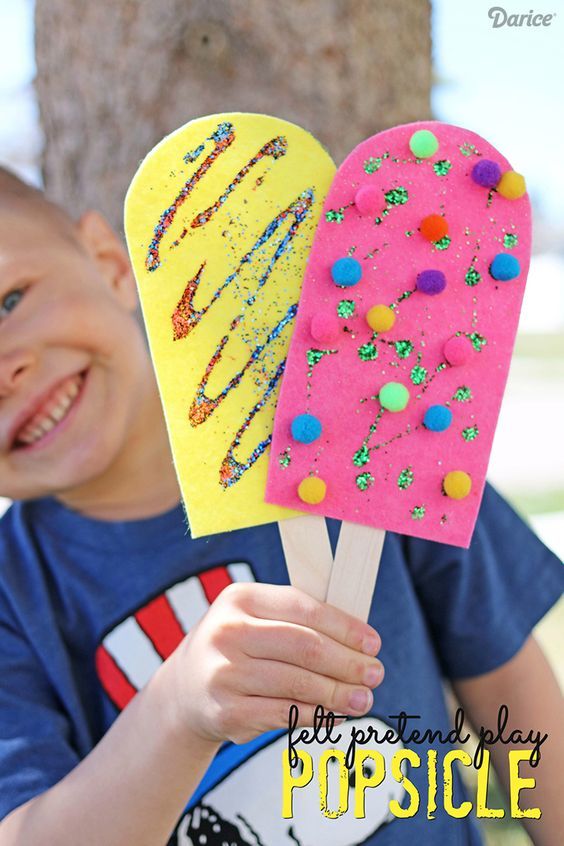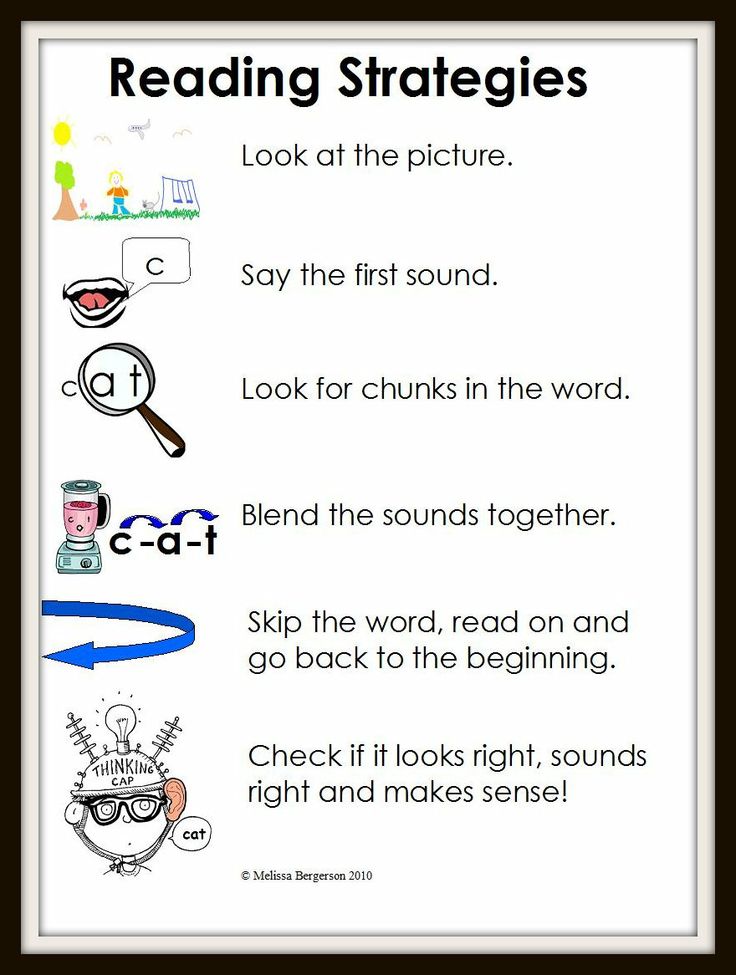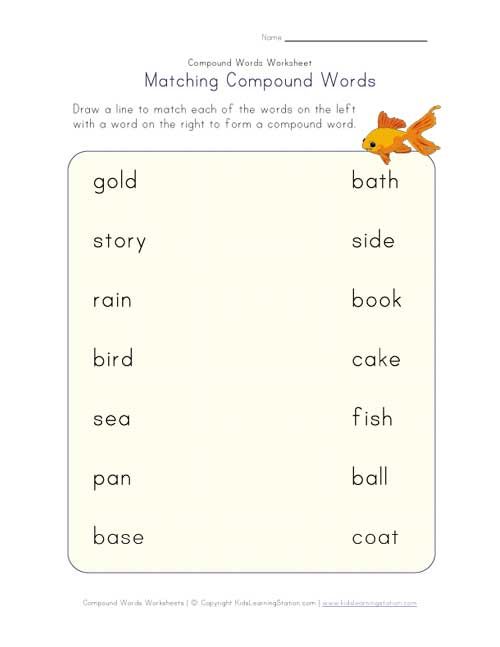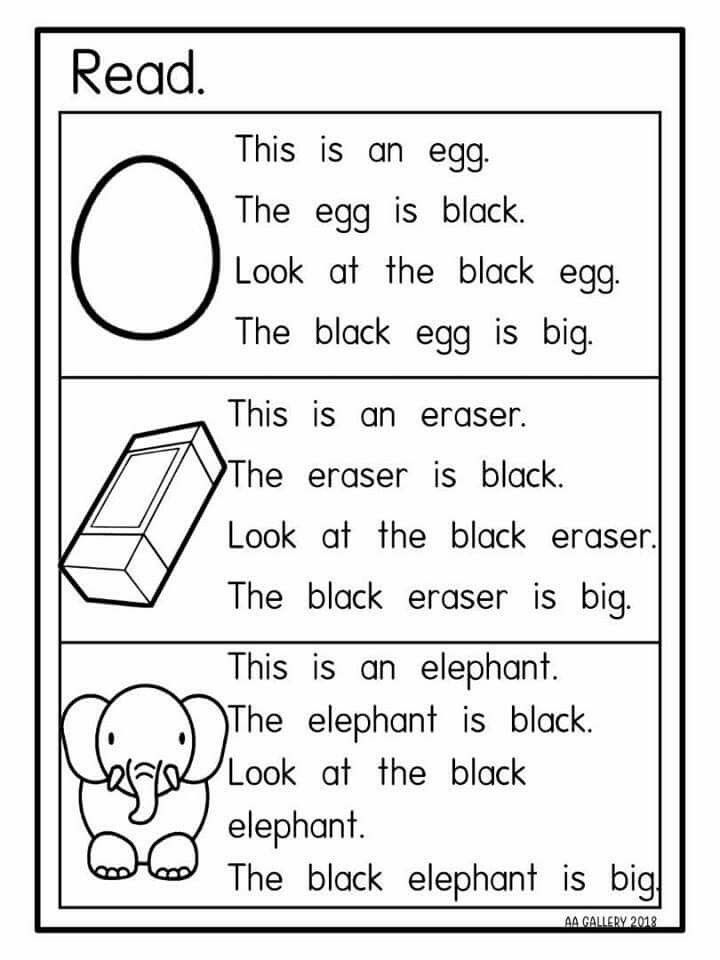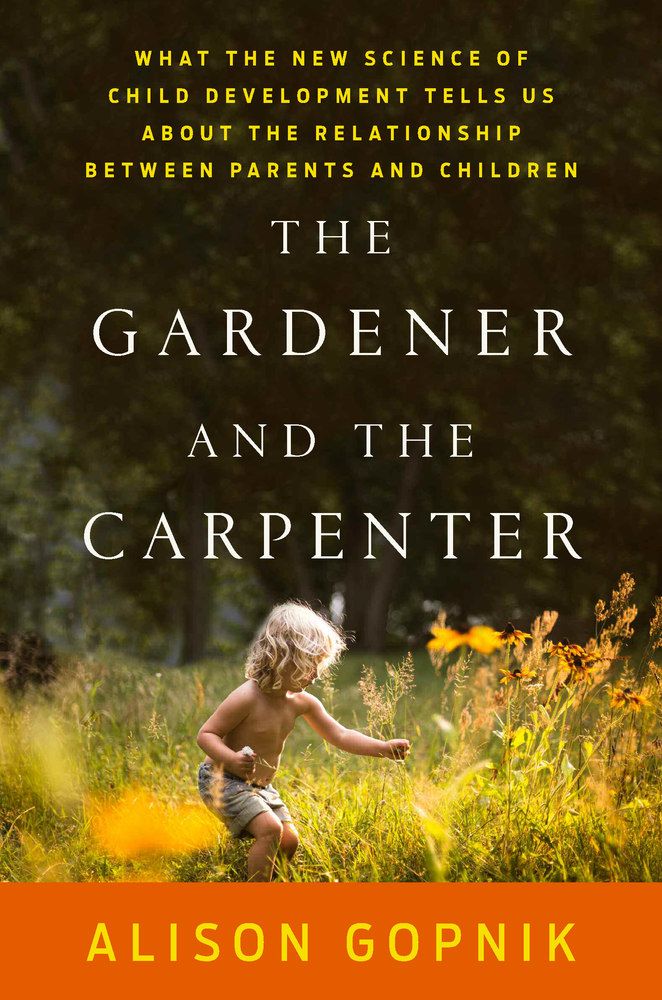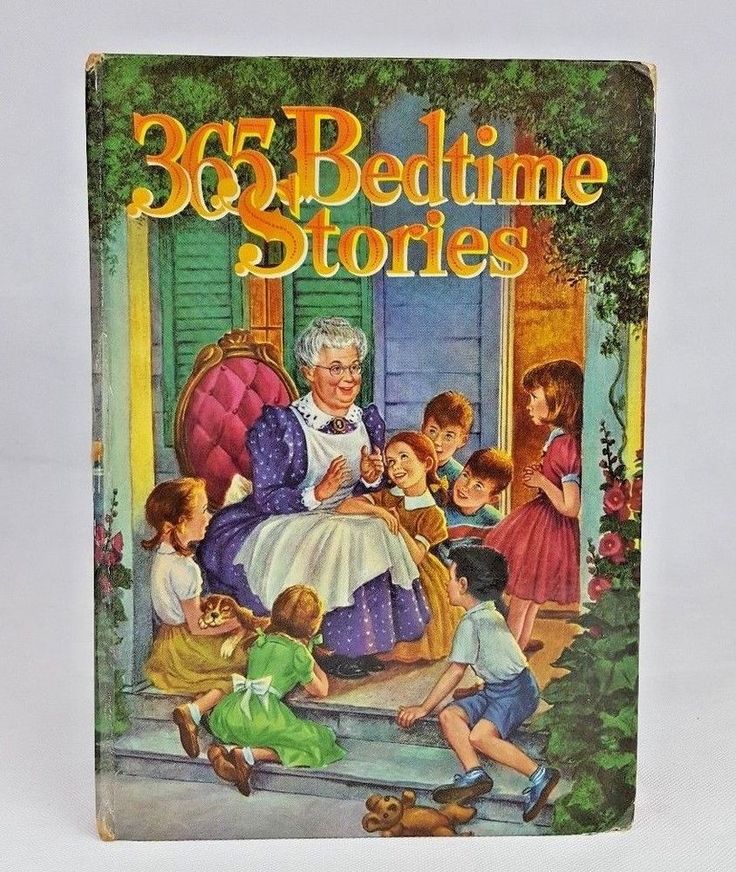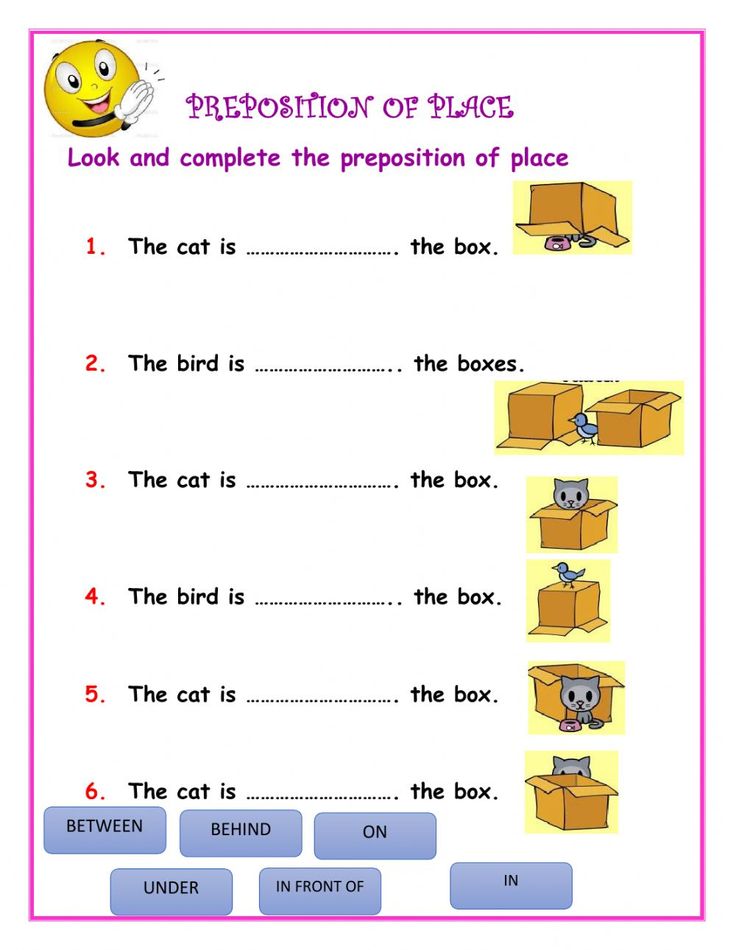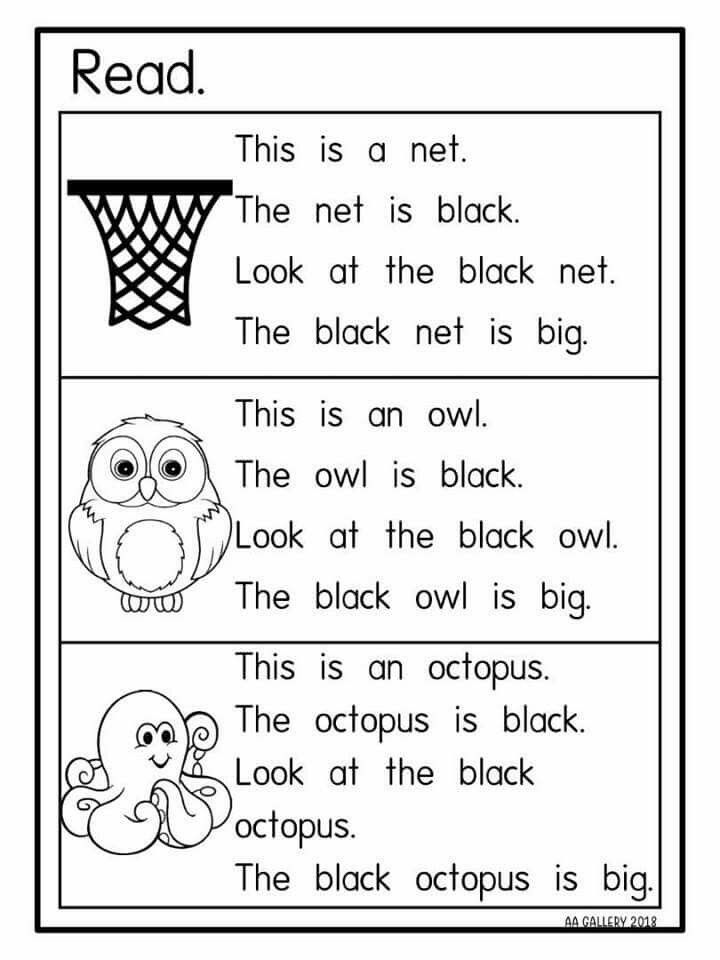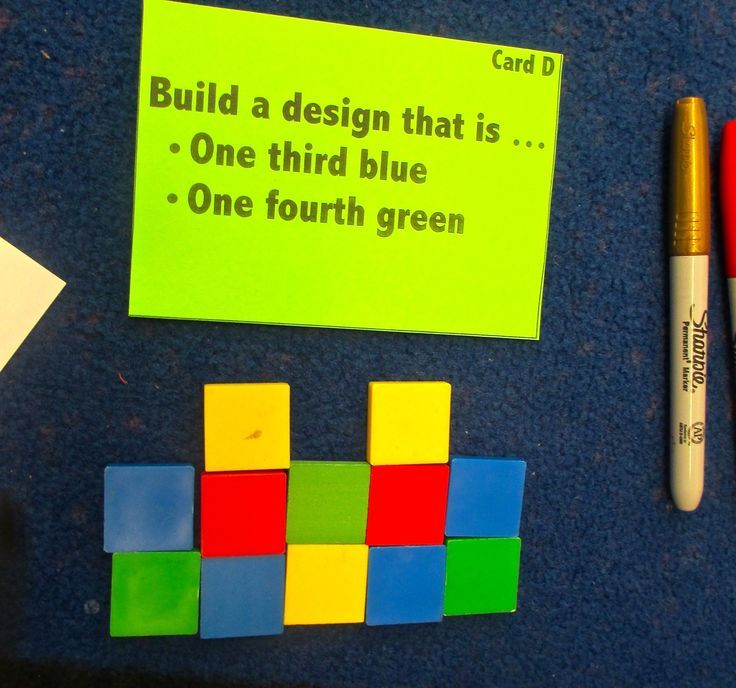Pretending play ideas
What is imaginative play? 10 ideas for the whole family
- Home/
- Inspire Environmental Play/
- What is imaginative play? 10 ideas for the whole family
What is imaginative play, and how can it help kids? Find out here – and discover 10 fun imaginative play ideas to try with your little ones.
Have you ever bought your little one a toy, only to watch them play with the packaging for hours instead? With a little imagination, children can turn the simplest of objects into toys worthy of hours of attention. This kind of pretend-play is worth encouraging, too – here’s why.
What is imaginative play?
Imaginative play is when a child uses their imagination to role-play scenarios they have seen, experienced or would like to experience. It’s a kind of open-ended, unstructured play, with no rules, goals, or result – except that kids learn a lot along the way.
Examples of imaginative play can include pretending to cook, clean, save the world, beat bad guys, host exceptionally dignified dinner parties, become the mayors of cities, slay dragons and extinguish fires. There is no limit to what can be considered imaginative play, as long as your child is using their imagination (and sometimes, props) to act out the scenario.
So what are the benefits of imaginative play?
Kids these days are surprisingly busy. As well as school and homework, plenty of them also play sports, join clubs, are tutored, and take music or language lessons. Imaginative play allows kids to relax, let go, and just be kids.
But the benefits of imaginative play don’t stop there. Experts believe (pdf - 3.8MB) that this kind of real play can do a lot for kids’ development, improving their social and language skills, boosting their creativity and problem-solving abilities, keeping them active, and (most importantly) making them happy.
So how do you pull kids away from TVs, tablets, and laptops, and encourage them to simply play? Here are some examples of imaginative play activities to get you started.
10 imaginative play ideas to try with your kids
While the imaginative play ideas below can help you kick off some amazing games of pretend with your kids, it’s important to avoid imposing your own idea of what the game should be on them.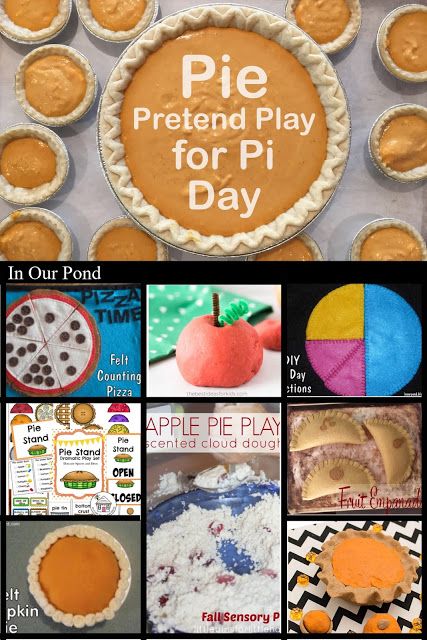 If your kids say the rug you bought for an imaginary picnic is a patch of deadly quicksand, go with it – and start looking for a branch to pull them out!
If your kids say the rug you bought for an imaginary picnic is a patch of deadly quicksand, go with it – and start looking for a branch to pull them out!
Cook an imaginary meal.
Children love to act out the ordinary things their parents do. Help your little one get into the role of future chef by laying out cooking equipment, “ingredients”, or even a drawn-out hob for them to play with. Let them serve you up a meal, and prepare to pretend that mud pie is your favourite.
Throw picnics and tea parties.
Bad weather outside? No problem. Set up your own indoor picnic with a picnic rug, your child’s favourite toys and a few kitchen-related props. Remember: pinkies up at all times, and never fail to ask whether Teddy would like more tea or cake. Etiquette matters.
Play super heroes.
Don a cape or choose an action figure and embark on the greatest fight between good and evil that the world has ever seen.
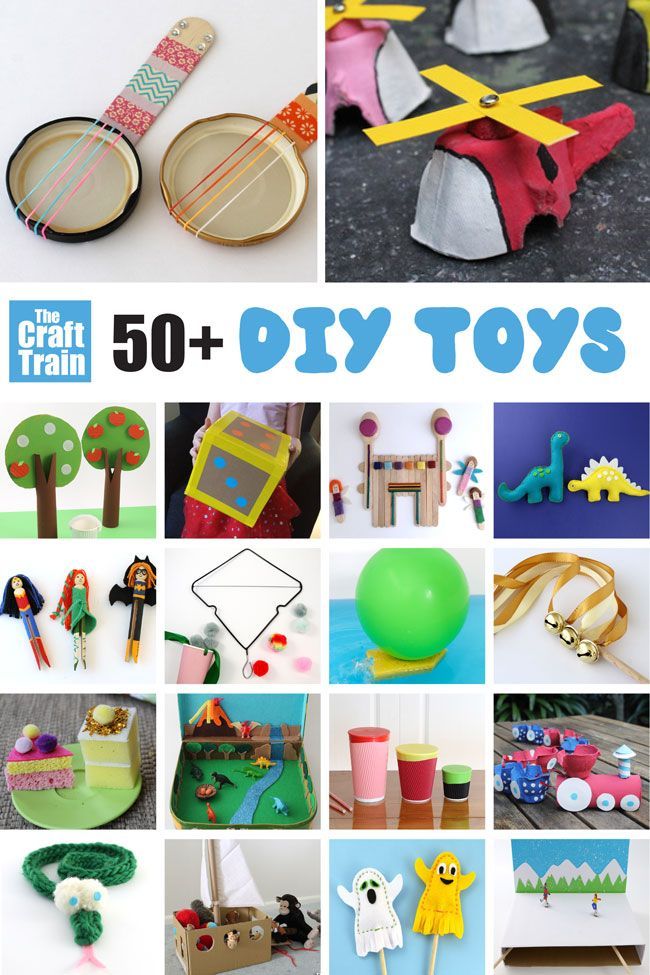 It’s even more fun if you play the villain and let your child defeat you. Perfect your “I’m meeeellllltiiiing” speech, and remember that you would have gotten away with it, too – if it weren’t for those pesky kids . . .
It’s even more fun if you play the villain and let your child defeat you. Perfect your “I’m meeeellllltiiiing” speech, and remember that you would have gotten away with it, too – if it weren’t for those pesky kids . . . Turn a box into . . . anything.
One of the best things about imaginative play is that you don’t need any special props to do it. For example, an ordinary large-ish cardboard box can become a house, a car or an aeroplane. Flatten it out, and you have a desert island. Give your little one a few boxes and watch for a bit to see what they do. Jump in once they’ve decided what the game is going to be.
Put on a performance.
It’s the ultimate improv exercise: using whatever props you have to hand (puppets, dolls, action figures, hairbrushes, boxes can all help), act out a play with your child. Let them dictate the plot as you go!
Plant up a (fake) garden.
They might only be cardboard cutouts of flowers and imaginary vegetable patches, but your child can still have fun watering, weeding and looking after them.
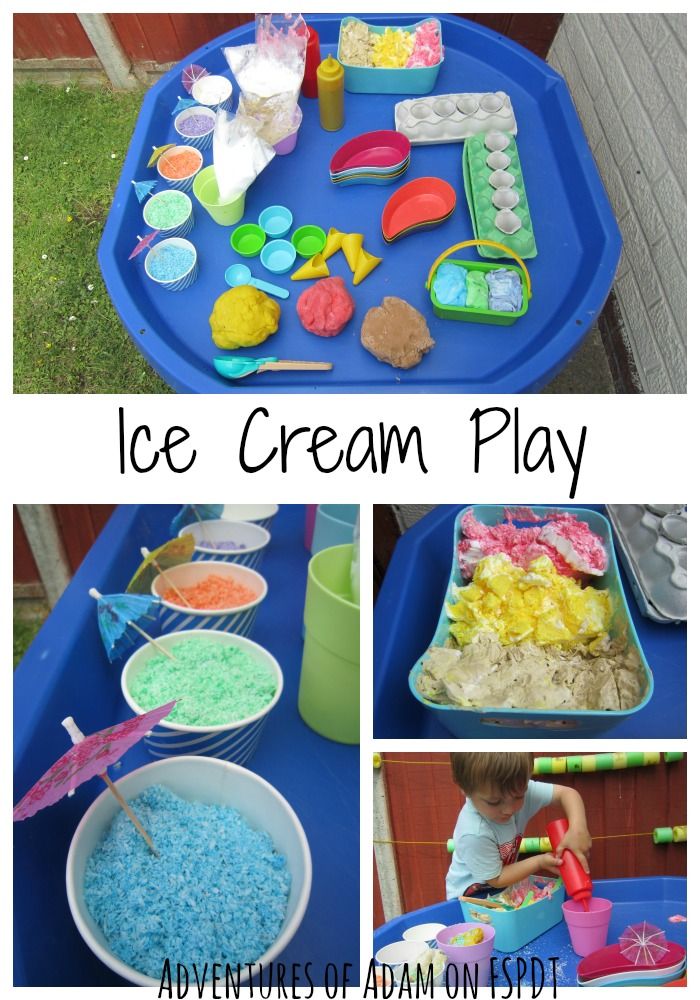 All the fun of a real garden, with none of the risk.
All the fun of a real garden, with none of the risk. Build a city.
Toys like Lego and building blocks can be useful props for this game. Help your little one build a metropolis, then run the town together.
Clean the house.
Ever turned around after doing a household chore, only to find a little helper copying you? Kids are often strangely fascinated by housework. The next time you’re vacuuming or mopping the floor, give your child a prop so they can follow you around the house and take part.
Run a shop.
If your child owned a shop, what would they sell? Help your child stock their shop’s cupboards, pretend to be a series of customers, and use (fake) money to buy their wares.
Play explorer. With a simple magnifying glass, accompany your child on an expedition around the house. Could a hair clip be the key to a lost temple? A sweet wrapper the cloak of a tiny magician?
Sounds fun, right? Remember, the benefits of imaginative play can extend to you too — so connect with your inner child and lose yourself in a world of imagination.
Share
FacebookTwitter25 Pretend Play Ideas - Bright Star Kids
Do you have kids that love to pretend play? Pretend playing is good for their imagination, and develops vital social, language, thinking and emotional skills.
Here are some great pretend play ideas for you to try.
Why not turn some old cardboard boxes into a cubby house, decked with windows & a postbox like this one!
If your child loves making stories up, why not paint some pictures on stones & see what great stories they can come up with!
So easy to recreate with removable tape, create a town complete with buildings and roads where your child can drive their cars around on.
Create a town complete with buildings for your superheros & villains to live and fight their battles.
Little girls love to pretend they are fairies! Make a set of wings out of cardboard & let her paint, glue, stick or colour in her wings.
Using a crate or box, fill them with mailing tubes to make a pet hotel where your child’s stuffed toys can live.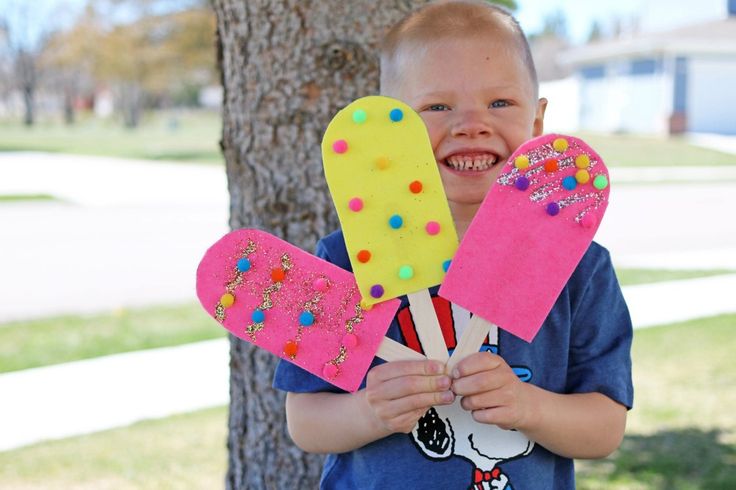 Your child can be the hotel manager!
Your child can be the hotel manager!
For the little one that loves to play shops, create any type of shop with cube shelves and props.
It’s amazing what you can transform out of a cardboard box like this kitchen stove! You can even build a whole kitchen complete with fridge, microwave, sink & shelves from cardboard boxes!
Argh me hearties! It’d be time for some pirating fun!
Using an old shoe box, this school for lego figurines looks easy to whip up.
This construction scene looks like it will offer loads of fun for the budding builders!
If you have a child that loves writing letters and sorting, a family post office station might be the perfect play station.
Pretend playing isn’t only fun, it can teach little ones motor and letter recognition skills. Create an alphabet fishing game with a laundry basket, paper clip fishes & fishing rod with magnet.
Miniature worlds are so much fun! There are so many scenes you can create, like this dinosaur one.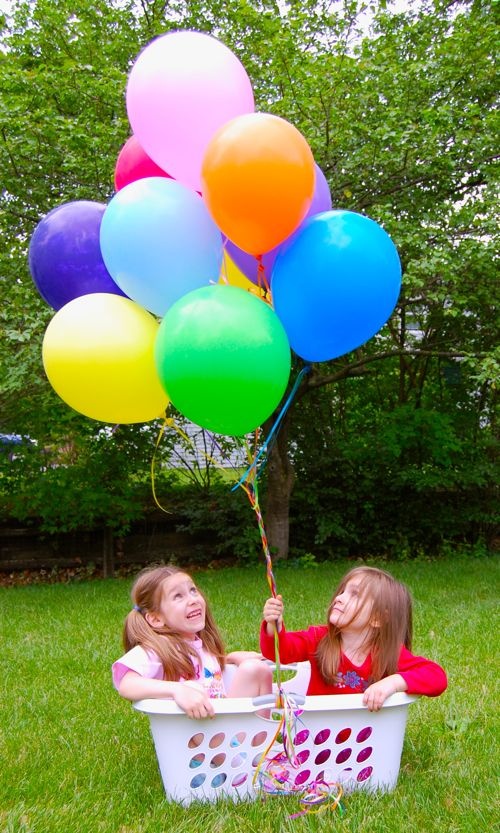 Hours of fun for little ones.
Hours of fun for little ones.
Kids love to re-enact adult life, even simple things like going to the ATM.
Make this cash register for your imaginary shop and let your kids learn all about numbers and quantities.
If you have a budding chef, let them (pretend to) cook dinner for their little friends.
Make this easy cardboard bed so that your child can put their doll or stuff toys to sleep. Great to nurture big brother or sister skills before the new arrival!
Do you have a child that loves Teenage Mutant Ninja Turtles? This easy dress up might be what they need to fight their future battles.
Is it every child’s dream to star in their own TV show or was it just mine?
Scenes can be so easily recreated with paint and old cardboard boxes like this My Little Pony rainbow scene.
Using an old cereal box, turn it into a doctors kit. Your child will love pretending to be a doctor.
What a cute idea to turn some figurines into mermaids with playdoh mermaid tails decorated with stones & gems.
Using old drink bottles to make a jetpack, your little one will fly from one adventure to the next.
Have hours of fun with these super hero cuffs made from toilet rolls.
Looking for some fun indoor activities to do with your little ones? We love these Weaving Art Ideas for a rainy day activity!
Want to get organised for school? Check out our huge range of super cute school supplies! Our name labels for kids are waterproof & stay stuck all year. Each pack has all the school labels you’ll need, including pencil labels and clothing labels. If you’re looking to get organised this year, we’d love to help. Take a look at our name labels here & get up to 65% off!
How do games with children help adults? (And no, we're not talking about developing attachment)
I'll start with a confession. Or maybe even a warning. I like to play with my children. Of course, I don't play with them every day. But when I play, something cool happens in my head and in my and body - something that resists all the oppressive routine of adult life.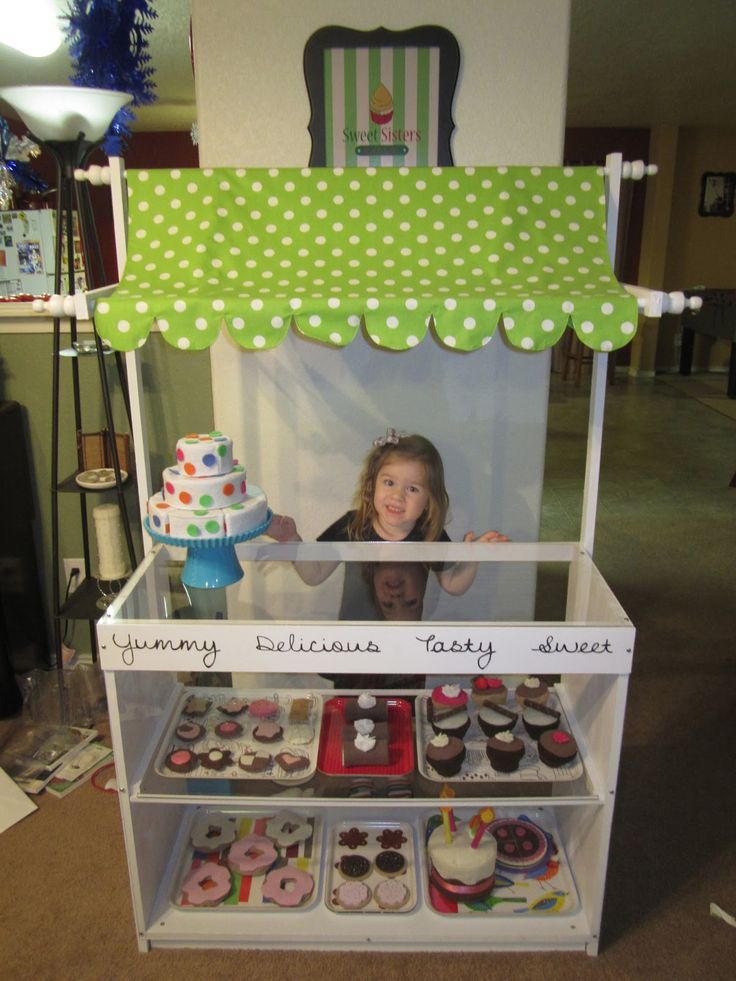
This happens during different games - when we play charades as a family, or pretend that plants can talk, or do new voices for television shows, or have dance parties.
Parents, you can experience the same.
There are many bad reasons for playing with children. Games should not be related to improving skills or achieving certain results - such things are not a game, they are work for a result.
Don't play just because the kids ask you to, and you'll feel guilty if you say no to them. There is no need to play, and only because your children do not know how to have fun without you. In that case, it might be better to really help children master the art of independent play or teach them to play with their brothers and sisters.
But there are good reasons for playing with a child that are often overlooked in our culture, where every second of an adult's free time must be filled with something. Games between parents and children, if they are sincerely liked by parents, can also bring a lot of benefits to adults.
Games between parents and children, if they are sincerely liked by parents, can also bring a lot of benefits to adults.
“Play is not a special activity, but a state of being,” explains psychiatrist Dr. Stuart Brown, founder and president of the National Institute of Play and author of Play: How it Shapes the Brain, Opens the Imagination, and Invigorates the Soul " ("The Game: How It Shapes the Brain, Opens the Imagination, and Invigorates the Soul") . The game can deeply engage us, bring joy and give us the feeling that the experience is more important than the result.
Nature created us to play in different ways. Playing with children can take a variety of forms: you can make something from a construction kit together, pretend to be cats, change clothes, play sports games or a console, play Monopoly or solve puzzles. Or you can bake buns, weed garden beds, water plants or wash dogs.0003
The game can also become something spontaneous for you: for example, if you like to compose funny songs in the car or fool around with pillow fights in bed on Sunday mornings. Everyone has it differently.
Everyone has it differently.
Right now, each of my sons has a favorite way to play with me.
My four year old son likes to pretend that he is my father and I am his child. I lay down on the sofa - yeah! And he pretends to wash the dishes. From time to time I "distract" him with a request that occurs to me, a child. I like in this game to come up with problems that can range from significant to absurd. (“I’m afraid that my mother won’t come back from work”, “I think that a shiny monster will cover me with slime.”)
What's more, I just love hearing what solutions he comes up with: “Don't worry baby, the shiny monster will really give you slime to play with. If there is too much of it, then you can take a bath!”
My eldest son, who is eight years old, and I love to make up stories together—sometimes we make them up when we walk our dog. And recently we started rollerblading as a family, and with the exception of my ex-husband, who once played hockey, we all skate pretty ridiculously.
As children get older, spending time with them becomes more of an adventure together.
When Laurel Snyder's children were younger, she played with them in "traditional" ways: building Lego houses, gluing crafts. But now that her children are in their teens, their play has become less structured.
“Last summer, while in isolation, we started going out at night. We went out at midnight and went down to the park near our house, listened to the cicadas chirping,” says Snyder, a children's book author who believes that play is necessary for creative processes. Recently, she devoted her lecture to this topic - the connection between play and creativity.
“Without the pandemic, we would never go out at this time. But when the lockdown ended and we were able to go out again during the day, we suddenly realized that we love to walk at midnight. At night, the world becomes different.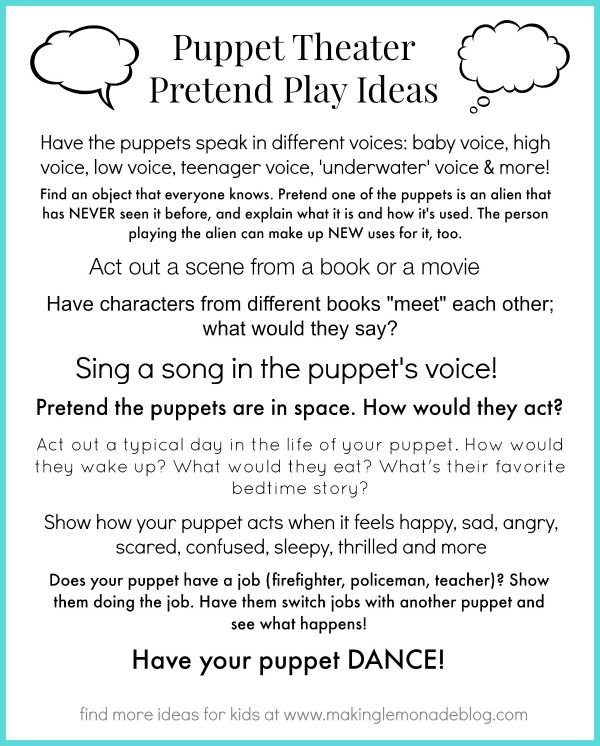 "
"
Many adults have an unhealthy relationship with time. Our collective obsession with productivity, work, and self-improvement makes us feel like we're always falling behind and never getting enough done. Worse, many of us are convinced that this "lag" is due to flaws in their own character.
We have forgotten that in life there can be magic of leisure and games. “The game makes adults ask themselves: who am I when I am not working and not earning? What is going on in my head? Snyder says. “This is what helps you switch off, jump off the treadmill, and stop shaming yourself for being unproductive. For me, play is an opportunity to re-engage the brain of my inner eight-year-old, because it seems that at eight years old I was the last time I didn’t care that I wasn’t productive enough.
“Adult play is absolutely essential if you want to be optimistic about the future and maintain your good mood in this challenging life,” Brown says, adding that, like lack of good sleep, lack of play has long-term negative consequences.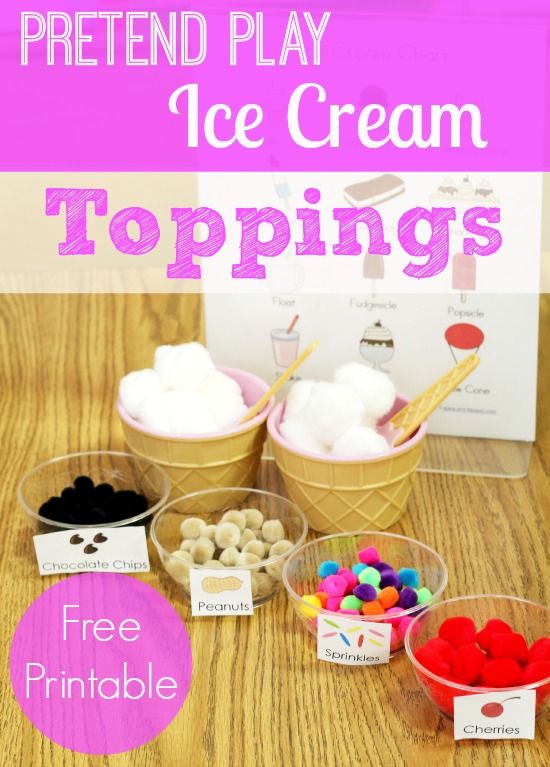 .
.
“I have studied the game in depth for many years and I think its promotion should be made a necessary part of public health programs for children and adults,” says the researcher. - The need for play is inherent in our nature, persists over time and is largely related to our social survival as a species. Play helps us connect with each other and learn how to cooperate.”
Brown believes that parents can discover their long-suppressed sides through play with their children. But what needs to be done for this?
First, parents should set aside some time for adult-only games - these games will help them "understand their playful nature, become freer and make room for the chaos and variety that are an important part of the game."
Secondly, parents should also consider whether their children have any free time to play at all - after all, it is necessary for children to learn to play on their own terms, without any rigid instructions, worries or expectations from by parents or guardians.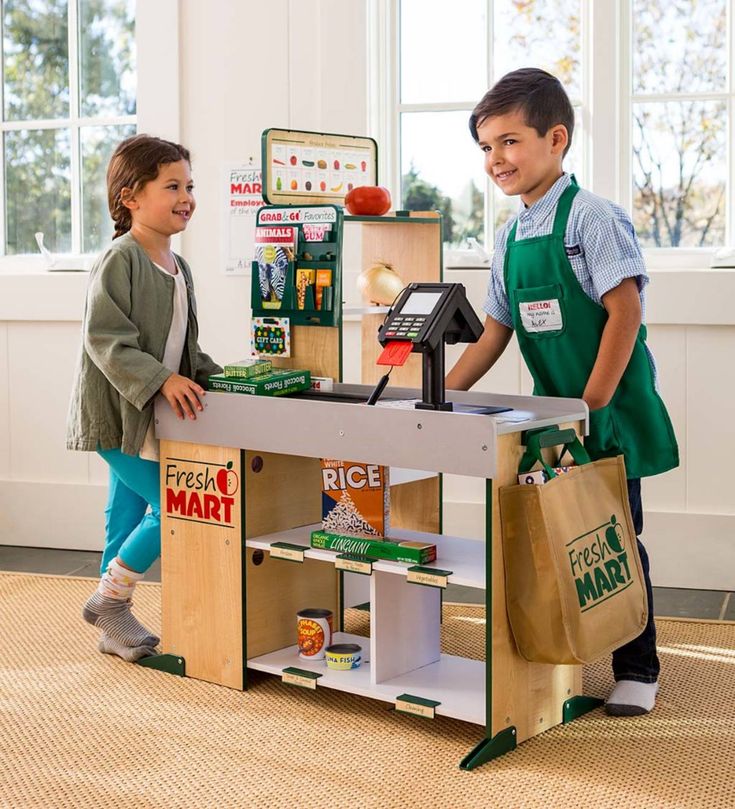
For those adults who would like to play more but just can't get rid of their efficiency demons, a child can be the best teacher.
Psychologist Alison Gopnik, a specialist in child development, writes in The Philosophical Baby: “Play is the hallmark of childhood. It is a living, visible display of imagination and learning in action.”
Alison Gopnik expands on this idea in a 2020 academic paper. She argues that children are more willing to try new ideas, while adults are better at exploiting or using their knowledge and experience to make the best decision.
“Adults who are faced with a changing social or physical reality may want to tweak their own perceptions of life just a little,” she wrote.
"In contrast, younger children of the next generation may be more likely to consider different explanations for what is happening, which allows them to eventually make broader and more accurate predictions and change faster.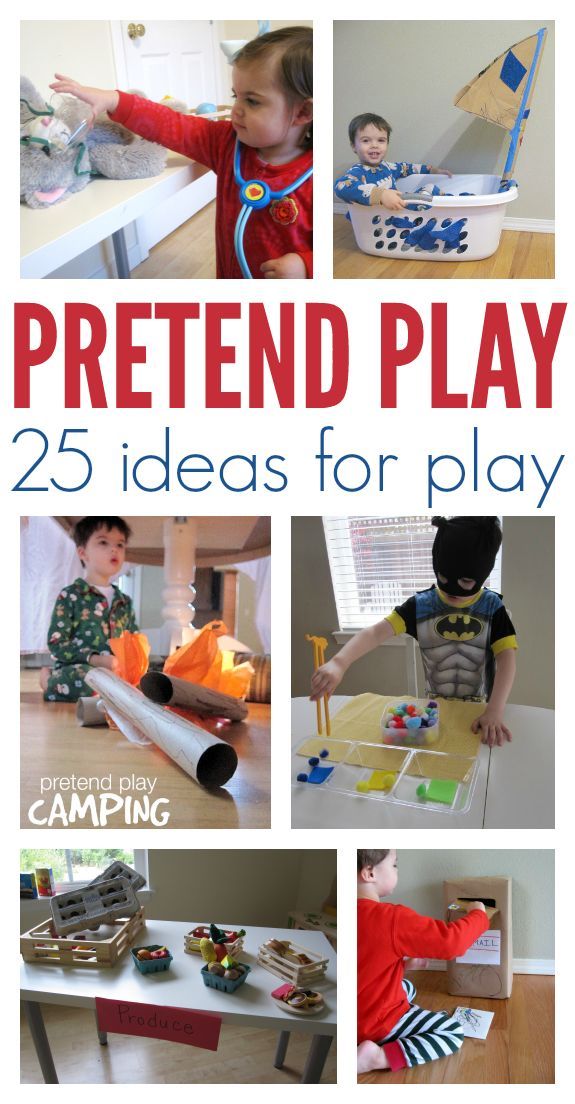 "
"
The path from childhood inefficiency to adult efficiency has its advantages, but something can be lost in the course of evolution.
Efficiency is how we live the day and how we get stuck in days, weeks, years. Efficiency is when we begin to feel that life controls us, and not we control life. Efficiency is something our modern culture is obsessed with, and that makes it increasingly difficult for us to break free and return to our free-spirited, open-minded, and exploratory selves.
Can playing with children fix all this? Probably no.
Play with your children and they will remind you that life is not just routine. You can really enjoy the game, but only if you manage to let everything else - that is, your ego and your worries - really fade into the background at this moment.
Not sure where to start? Get inspired by our summer list of games and activities for kids!
Games for preschoolers.
 Types and description
Types and description Each child's age corresponds to characteristic game forms and actions. And this is understandable, since with the help of the game the child discovers and learns the world, and with the acquisition of new knowledge and skills, the ways of mastering the world change. At first, the child plays with the things around him directly with his hands, mouth and body. Later, he finds increasingly abstract ways to study objects and events. During symbolic play, the child begins to replace things with the help of other objects. In role play, the child is already taking on different roles. In the collective children's game, real life is imitated, since everything takes place on an abstract playing field. A child's play can be divided into phases that build on each other. It also helps to understand how developed the child is. At the same time, the concept of "already" is much more important than the concept of "still". And if a child plays role-playing games at an early age, then there is progress in his development.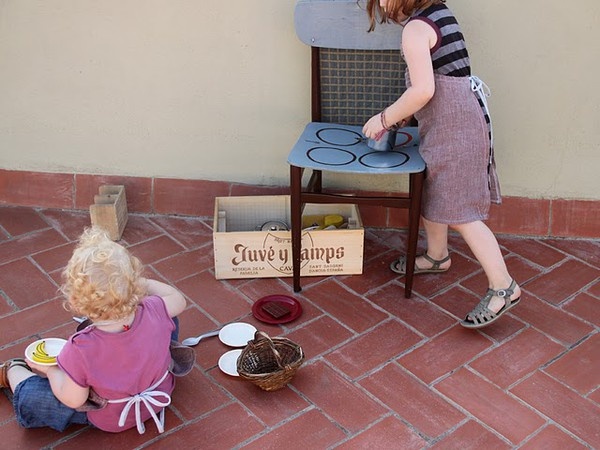
But at the same time, a sign of developmental delay is not that the child needs more time than usual to enter this process. The secret of the game lies in the fact that we can enjoy the game for a long time, the important phases of which, it seems, have long been passed. Adults can also experience joy during symbolic or role play. And that's great, because that's why we, as educators, can immerse ourselves with children in their play world, without having to pretend.
Consider three play forms created for young children.
1. Functional game:
everything starts with understanding
Children from the first year of life during the game literally take matters into their own hands. With a sure grip, and also, of course, with lips and tongue and, if possible, with the whole body, they explore around them all the things that they can reach. At first it seems that such a study has no system: young children, as a rule, first try what can be done with a thing, under the motto “Something can be done with this!”.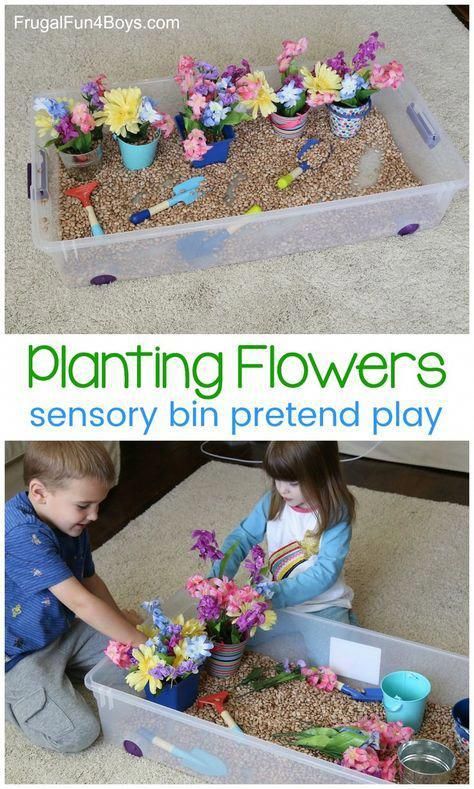 And at some point they begin to understand that, for example, if you shake a rattle, you can make a sound. If you lick a metal rod, you get an interesting taste sensation. If you hit the heating battery with a cube, it rattles. If you press the desired button, the CD player starts making noise. And if certain objects are thrown off the table, they burst or scatter into pieces, and the reaction of adults to this follows, well, very interesting ... So the child notices that all his actions cause the reaction of others. Again and again, the baby joyfully states that he made this discovery in the process of studying the functioning of things.
And at some point they begin to understand that, for example, if you shake a rattle, you can make a sound. If you lick a metal rod, you get an interesting taste sensation. If you hit the heating battery with a cube, it rattles. If you press the desired button, the CD player starts making noise. And if certain objects are thrown off the table, they burst or scatter into pieces, and the reaction of adults to this follows, well, very interesting ... So the child notices that all his actions cause the reaction of others. Again and again, the baby joyfully states that he made this discovery in the process of studying the functioning of things.
Therefore, this form of play is called "functional play". Many game patterns, such as letting an object fall, take it apart, and move it to another place, are understood as varieties of functional play.
In the functional game, the child plays in most cases with himself and with a thing from which he tries to "lure" the function.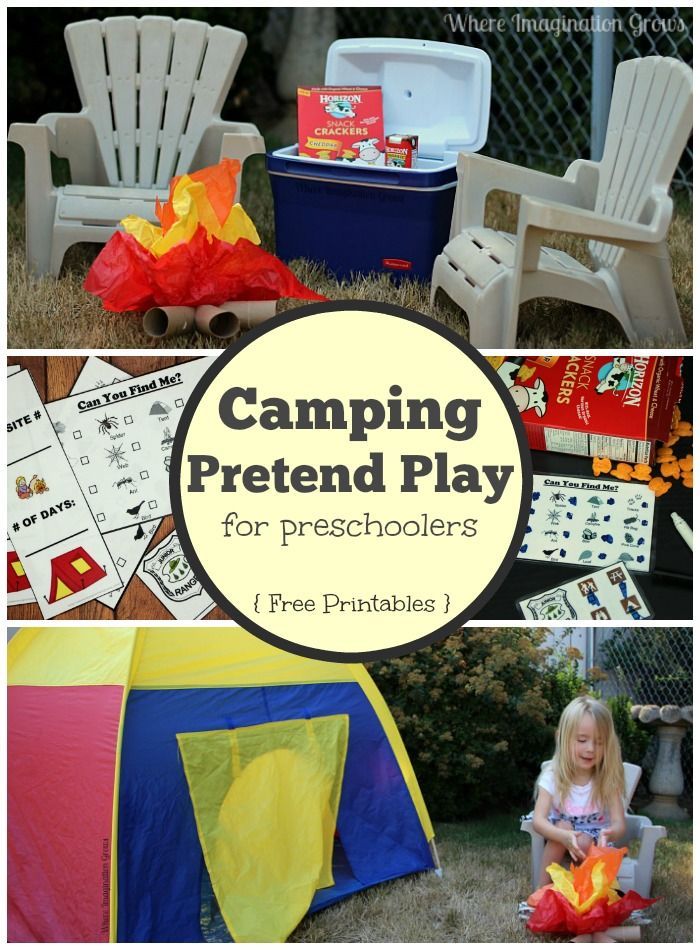 As for other children, he plays next to them rather than with them. In the irritated cry of those from whom he takes something away, in a smile as a reaction to affection or in a greeting gesture of the hand - in all this a small child sees a function he has evoked and is satisfied with the realization that he already knows how to evoke an emotional response from adults.
As for other children, he plays next to them rather than with them. In the irritated cry of those from whom he takes something away, in a smile as a reaction to affection or in a greeting gesture of the hand - in all this a small child sees a function he has evoked and is satisfied with the realization that he already knows how to evoke an emotional response from adults.
2. Symbolic game:
act as if...
Big eyes look at us adults. Whatever thing we pick up, whatever daily action we perform, a small child is watching us. He explores the things that surround him and tries to attribute meaning to them: for example, they eat with the help of a plate and a spoon. With the help of a car, you can move in space, and a hat is needed in order to put it on your head. The progressive development of the child's motor skills at the end of the first and beginning of the second year of life gives him the opportunity to repeat the actions he has seen in the game.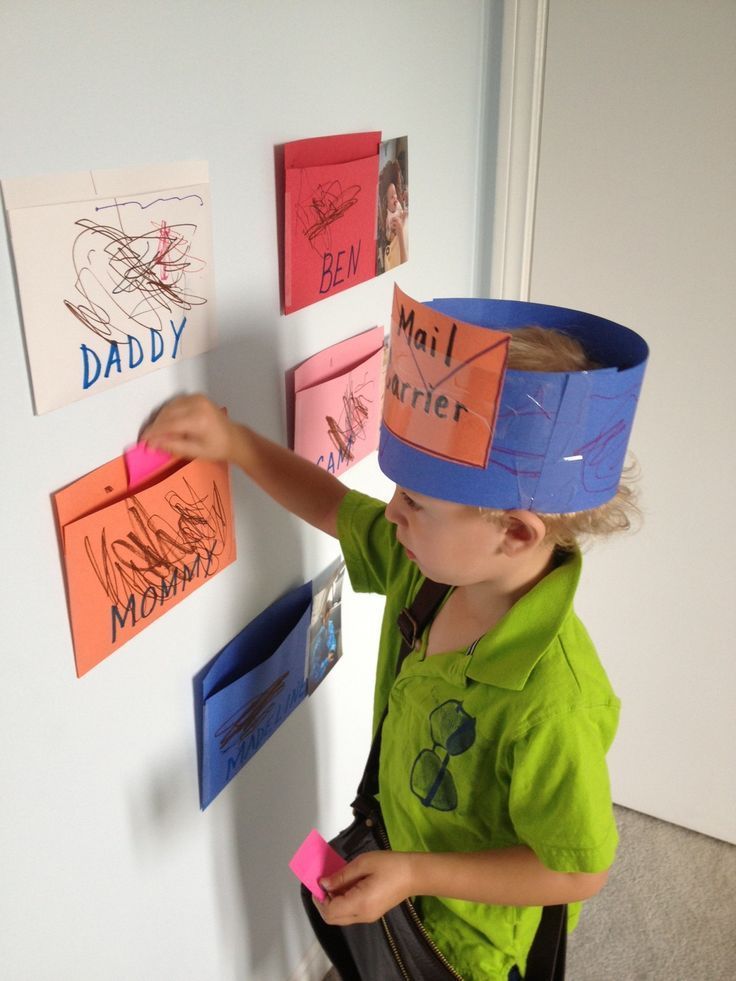 So, for example, a child feeds a doll a cube, which in his mind becomes a spoon or bread. The sand in the sandbox becomes a pie, and the bucket becomes a saucepan. Symbolic play is a form of play focused on oneself. The child expresses in the game his individual idea of the world and checks that he has already learned about it. Emotional experience is symbolized in exactly the same way as the result of actions. Children play, as a rule, by themselves or next to each other.
So, for example, a child feeds a doll a cube, which in his mind becomes a spoon or bread. The sand in the sandbox becomes a pie, and the bucket becomes a saucepan. Symbolic play is a form of play focused on oneself. The child expresses in the game his individual idea of the world and checks that he has already learned about it. Emotional experience is symbolized in exactly the same way as the result of actions. Children play, as a rule, by themselves or next to each other.
There is practically no agreement between them. Play material is not shared, everyone needs their own toy and play space.
Only those who are completely confident in themselves can share their toys with others. This usually occurs towards the end of the second year of life and if elements of role play are observed at an early age.
3. Role play:
I also want to be a child
With the transition to the third year of life, the child begins to interact with other children.